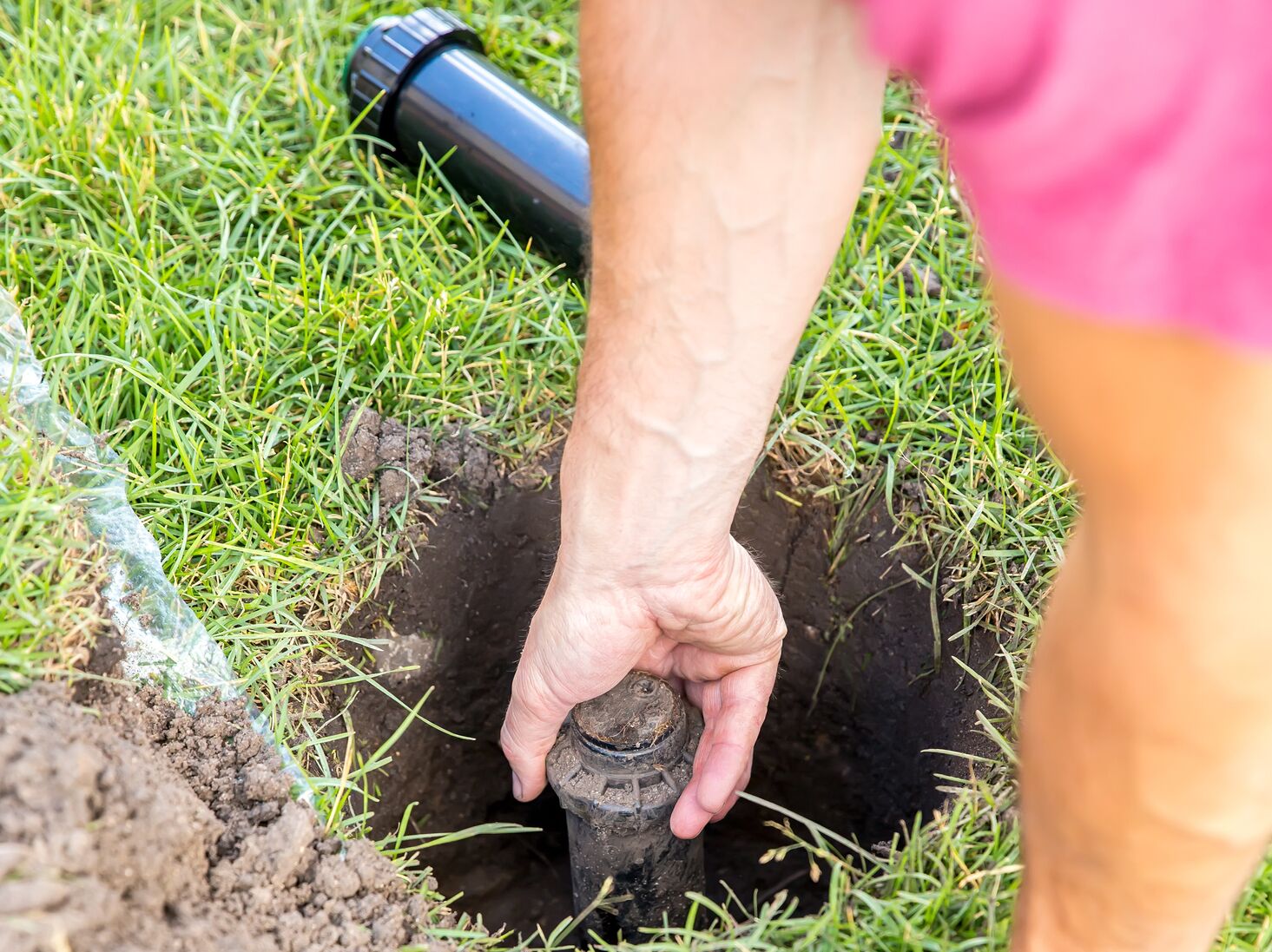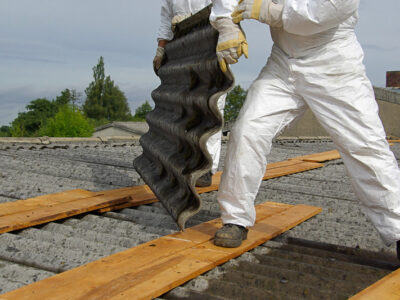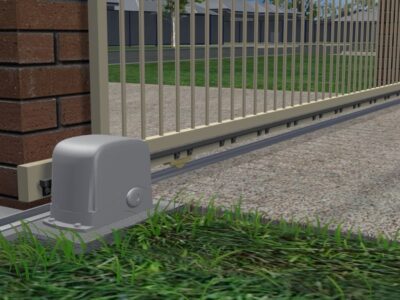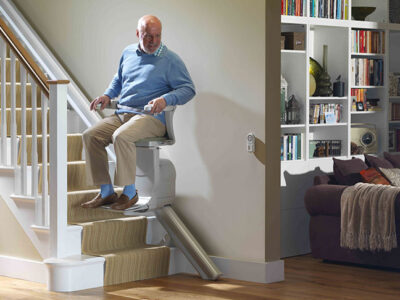
Unlike a garden hose, an automatic lawn sprinkler system installation can save you time and money by watering your lawn on a set schedule. However, it’s a big project that requires careful planning and the right materials.
Start by researching local laws and regulations that govern lawn water usage. Also, locate your water meter or well and determine its size.
Lay Out the Pipes
Your contractor will lay out the PVC or poly piping and sprinkler wire that will run from your water meter to the sprinkler heads on your property. They’ll also bring in a backflow preventer, water pump and other parts to complete the system.
Your contractor may need to dig trenches and disturb some landscaping, depending on the layout of your property. They’ll call 811 before digging to find out where all utility lines are.
They’ll install a backflow preventer to prevent irrigation water from contaminating your home’s main water line and a water meter to help you track how much water you use (optional). They’ll also install a tee fitting near the water meter that allows for the connection of a sprinkler head riser so lawn and shrub heads can be set at or above ground level.
Install the Control Valve
You’ll also need to install a timer, which sends electrical signals to the valves telling them when and how much water to open. The timer also controls the sprinkler heads, and determines how long they remain on.
Each of your irrigation zones needs a different spray pattern, and you should select the proper head based on the area it covers. For instance, you may need a spray head for large areas, a rotor for corners, and a shrub head for under hedges.
Be sure to check with your local authorities to ensure you don’t violate any lawn watering ordinances and follow any rules regarding the operation of pumps or sprinkler systems. Ask the utility companies to mark any underground lines before beginning the project.
Install the Sprinkler Heads
Once the irrigation system is installed, a professional installation team will divide your landscape into watering zones. Each zone will have a single or multiple valves and a group of sprinkler heads. Each head will spray in a specific direction and is designed to cover a certain area of your lawn or garden.
When replacing a broken sprinkler head, always make sure the new one matches its specs. The new head must be the same type (pop-up stationary, gear-driven rotor or impact), the same height and have the same throw distance.
Also, the replacement head must match the old nozzle in terms of spray pattern and arc. Once you find the right head, install it on the riser and pack soil firmly around it.
Install the Timer
The timer is the brains behind a sprinkler system. It controls when the sprinkler heads turn on and off, and how long they run. It can also have a rain sensor that will shut down the system if it rains. Newer smart controllers can track temperatures, sunlight and other weather factors and adjust the watering schedule accordingly to save you even more money.
Before your contractor installs the timer, they should call 811 to find out where all utility lines are located on your property. They’ll also contact your water company to get information about the size of your water meter or well. This helps ensure that the right size pipe is used. Then they’ll mount the timer in its location and connect the control valve and the wires.
Test the System
As a final step, your contractor will test each zone to make sure it turns on and off, that water flows into it, and that the sprinkler heads’ spray patterns are correct. They will also adjust the head-to-head spacing to ensure that every area of your yard gets evenly irrigated.
To do this, they will screw a pressure gauge onto the closest faucet and check your home’s water pressure in pounds per square inch (PSI). They will then turn on one zone at a time, moving from area to area.






